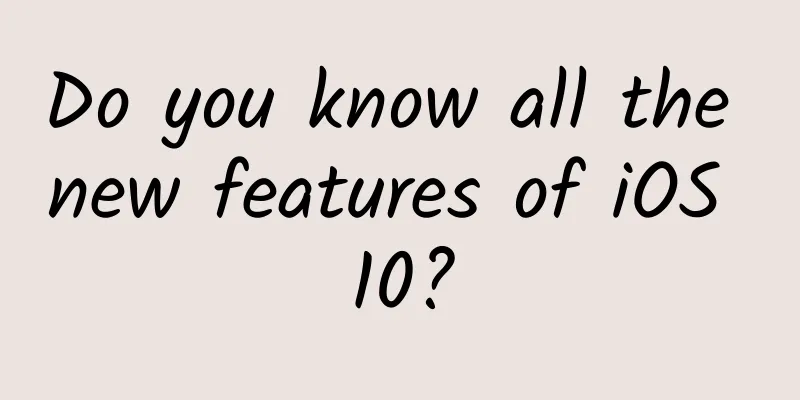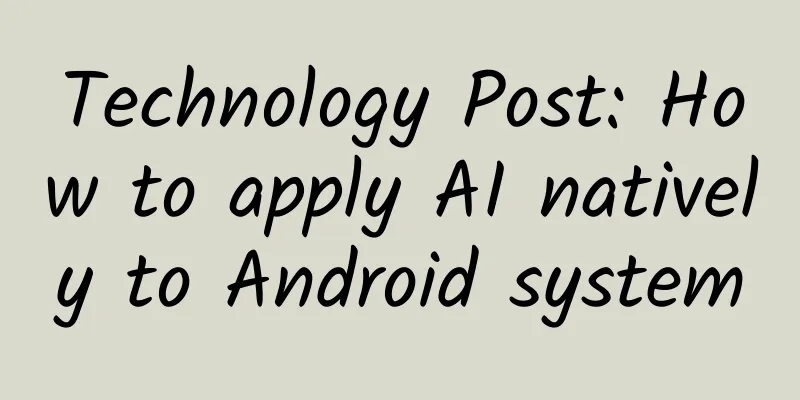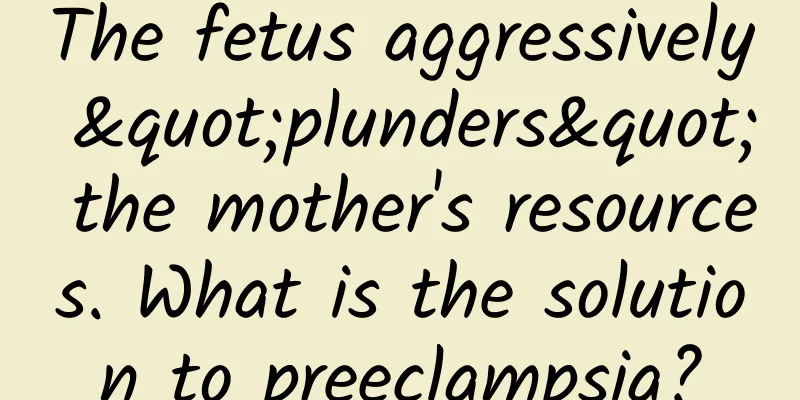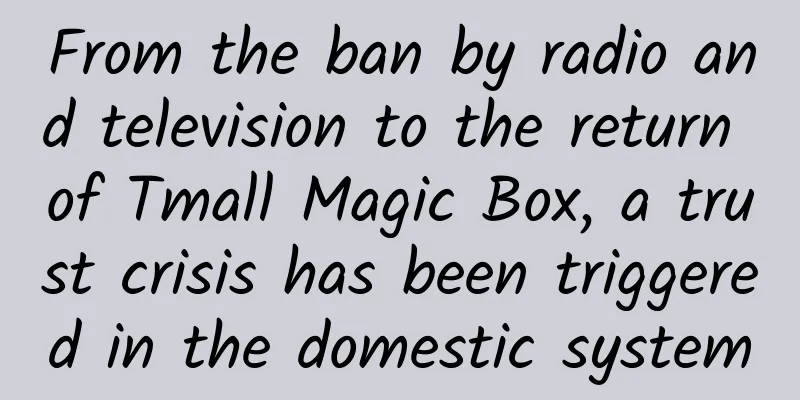From the market to policies, Chinese car consumers need hybrid technology with a "domestic brand"
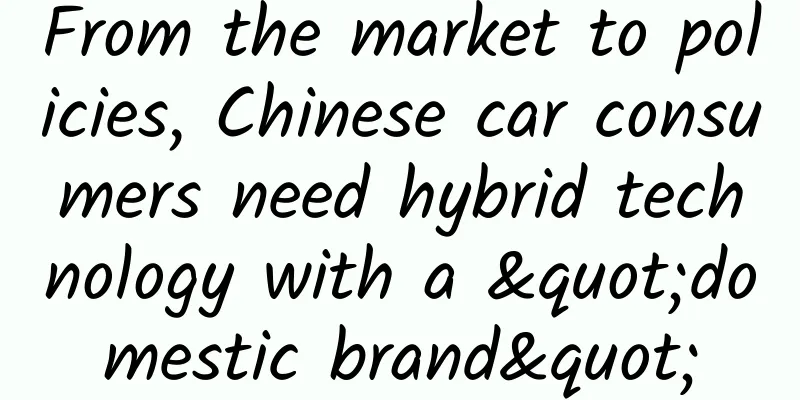
|
What should new energy vehicles be like? Are they limited to pure electric vehicles? The answer is obviously not.
From a global perspective, whether it is pure electric, hydrogen or hybrid, it is actually a human exploration of clean travel. Especially at a time when chemical battery research is progressing slowly, plug-in hybrid and pure electric are both technical routes that are supported by the country and are also the mainstream technical direction in the world.
Hybrid, a new milestone in environmentally friendly travelAt the end of last year, the China Society of Automotive Engineers released the "Energy-saving and New Energy Vehicle Technology Roadmap 2.0" at its annual meeting. The roadmap framework has changed from the previous "1+7" to "1+9", namely energy-saving vehicles, pure electric and plug-in hybrid vehicles, hydrogen fuel cell vehicles, intelligent networked vehicles, automotive intelligent manufacturing and key equipment, automotive power batteries, new energy vehicle electric drive assembly systems, charging infrastructure, and automotive lightweight technology routes in nine sub-sectors. From the perspective of product application, 91che believes that the biggest benefit of the launch of the Energy-saving and New Energy Vehicle Technology Roadmap 2.0 is that the development goals of hybrid passenger vehicles have been clarified. Judging from the three time points of 2025, 2030, and 2035, the hybrid vehicle market will become one of the important markets for major automakers to compete for.
When it comes to BYD, as BYD President Wang Chuanfu said: "The DM-i super hybrid platform will play the role of a disruptor of fuel vehicles, entering the market segment dominated by traditional fuel vehicles and creating a blue ocean in the red ocean.
Many people expressed their incomprehension of the two key words "red ocean" and "blue ocean" mentioned by Wang Chuanfu.
The answer is obvious. Because there are not many companies in my country that have mature hybrid technology, the mainstream technologies on the market are Toyota's THS-Ⅱ and Honda's i-MMD. That's why Wang Chuanfu talked about carving out a blue ocean in the red ocean.
So, what exactly is BYD's DM-i technology, and can it really compete with the technologies of Toyota and Honda?
DM-i is a hybrid technology that focuses on electricity. It creatively redefines plug-in hybrid technology that focuses on electricity. It mainly uses high-power motors and large-capacity power batteries to provide energy, supplemented by the engine. In terms of control strategy, DM-i will be more inclined to the form of direct motor drive, so as to keep the engine in a higher working efficiency range as much as possible, and use the motor to adjust or make up for the low efficiency range.
The advantages of DM-i are: in hybrid mode, the driving experience is infinitely close to that of pure electric, the acceleration is fast, quiet and smooth, and it supports both AC slow charging and DC fast charging. The charging convenience is no different from that of pure electric.
The DM-i system includes the Xiaoyun-plug-in hybrid dedicated high-efficiency engine, EHS electric hybrid system and dedicated blade battery. The Xiaoyun-plug-in hybrid dedicated 1.5L high-efficiency engine has a thermal efficiency of 43.04% and a peak torque of 81kW/6000rpm, and the Xiaoyun-plug-in hybrid dedicated turbocharged 1.5Ti high-efficiency engine has a thermal efficiency of 40% and a peak power of 102kW/5200rpm.
The technical value of the EHS hybrid system completely exceeded 91che's imagination.
According to BYD's official introduction, the EHS electric hybrid system is a series-parallel system (single-speed P13 configuration), mainly composed of dual motors, dual electronic controls, a single-speed reducer, a motor oil cooling system, and a direct-drive clutch. It adopts an integrated, high-efficiency, and high-torque design, a dual-motor and dual-electronic control integrated design, and is suitable for all A-C class models.
Since the EHS hybrid system uses a flat wire motor, the system's heat dissipation performance has been greatly improved, and the motor's maximum efficiency is as high as 97.5%, which is already top-notch in the industry.
It is worth mentioning that the EHS hybrid system uses BYD's self-developed IGBT4.0 chip in terms of electronic control. In other words, BYD's entire production chain of new energy vehicles has begun to improve.
BYD's blade battery is something that many users are already very familiar with. The DM-i Super Hybrid Power Blade Battery uses a series of cells, which consists of multiple wound cells connected in series. The volume utilization of the battery is further improved, and more cells can be placed in a battery pack with a limited volume, thereby increasing the energy density of the battery pack.
The roll core is packed with soft aluminum to form a primary seal, and the blade battery is packed with a hard aluminum shell to form a secondary seal. The voltage of a single cell exceeds 20V, and the maximum power is 1.53kWh. The power of the entire battery pack is between 8.3-21.5kWh, which can achieve a pure electric range of 50-120km.
Suppressing strength and overtaking on the curve
Precisely because of the above advantages, as soon as BYD DM-i was launched, many people compared it with Toyota's THSⅡ technology.
First of all, in terms of car purchase cost and car use economy, most plug-in hybrid models are currently priced higher than fuel vehicles, ranging from 20,000 to 30,000 yuan, and as much as 70,000 to 80,000 yuan.
Take the Toyota Corolla equipped with THSⅡ technology as an example. The price difference between its Dual Engine E+ version and the fuel version is as high as 85,000 yuan, and the fuel consumption per 100 kilometers (battery depleted) is 4.2L, which is 1.4L less than the fuel version. Based on the oil price of 6.6 yuan per liter and 15,000 kilometers per year, the owner needs to drive 920,000 kilometers and drive for 61 years to make up for the extra money paid when buying the car with the saved fuel.
In fact, the history of automobile development is only more than 100 years. Coupled with problems such as vehicle aging, it is difficult for owners who choose the Corolla Hybrid E+ version to make up for the difference in fuel costs. BYD Qin PLUS DM-i, also a compact car, has a fuel consumption of only 3.8L/100km when it is low on power, and a range of 1,180km when fully charged and fully fueled. In terms of price, the price of BYD Qin PLUS DM-i after subsidies is 105,800-145,800 yuan, which is basically similar to mainstream joint venture fuel vehicles and 90,000 yuan lower than the starting price of 196,800 yuan for the Corolla Hybrid E+ version after subsidies.
Although the fuel consumption of BYD Qin PLUS DM-i is only 0.4L/100km lower than that of Corolla Hybrid E+, the greater the mileage base, the more obvious the energy saving effect. In terms of car purchase cost and car use cost alone, BYD is better than Toyota.
The fundamental reason why DM-i technology can achieve energy-saving effects that surpass Toyota THSⅡ lies in two aspects: efficient engine and efficient energy management system.
In terms of the engine, taking the 1.5L "Xiaoyun" plug-in hybrid high-efficiency engine equipped in the BYD Qin PLUS DM-i as an example, this engine adopts high compression ratio, large stroke/bore ratio, Atkins cycle, cooled EGR exhaust gas recirculation, cancellation of gear train accessory electrification, split cooling and other technologies, pushing the thermal efficiency to 43%. It is the gasoline engine with the highest thermal efficiency in mass production at present. Toyota's thermal efficiency is only 41%.
Of course, high thermal efficiency cannot be equated with low fuel consumption, because the thermal efficiency takes the highest value, and the engine cannot operate at the highest thermal efficiency at all speeds. Therefore, to achieve low fuel consumption, it is necessary to rely on an efficient energy management system to allow the engine to operate in the efficient speed range as much as possible.
Specifically speaking of the working logic of DM-i, taking the urban working conditions that most drivers complain about as an example, when the clutch is open, the engine drives the motor (G) to generate electricity to power the drive motor (MG), and all the power on the wheels comes from the drive motor. At this time, the system is in a series state, and the working logic is similar to that of an extended-range pure electric vehicle.
This working mode is mainly suitable for urban conditions with slower vehicle speeds. Through the efficient energy management system of DM-i technology, high-load operation of the engine is avoided, so that the vehicle's fuel economy is always maintained at a high level.
Under high-speed conditions, the clutch in the DM-i system will be closed, the engine can directly output power to the wheels, and the working logic will change to engine direct drive mode. If rapid acceleration or overtaking is required at this time, the drive motor can be connected in parallel with the engine to participate in the drive together. If the system has excess power, the engine drives the drive motor to generate electricity and stores it in the battery. This technical logic avoids the waste of energy at both levels and ensures that the vehicle can maintain fuel economy while having strong power.
Toyota's THSⅡ technology is completely different from BYD's DM-i technology.
For example, the coupling method used for the engine and the electric motor is speed coupling. From the perspective of the power transmission path of the planetary gear, after the power of the engine is transmitted to the planetary gear carrier, it is divided into two power output paths: one is the sun gear, which is transmitted to the MG1 engine, and the other is the outer gear ring, which is transmitted to the output shaft. The power of the MG2 motor, which is mainly used to drive the vehicle, and the power of the outer gear are coaxial rigid coupling, that is, torque coupling.
To put it bluntly, the vehicle's MG2 motor uses torque coupling to couple with the engine power to jointly drive the vehicle to accelerate; the MG1 motor uses speed coupling to divert the engine's power for power generation.
Through a simple analysis of Toyota's THSⅡ technology route, we can clearly find that its engine output power not only needs to drive the vehicle, but also needs to generate electricity for the MG1 motor, which will inevitably have a certain impact on the vehicle's power output. Ultimately, Toyota THSⅡ is inferior to BYD in terms of power and fuel economy.
At present, in addition to BYD's DM-i technology, Great Wall Motors has also launched the "Lemon Hybrid DHT" technology, and Geely and Volvo are also jointly developing a new generation of dual-motor strong hybrid systems and high-efficiency internal combustion engines. At this point, the Chinese hybrid market, which was dominated by Japanese technology, will also begin to shift towards the direction of being dominated by Chinese technology.
An era of super-hybrid products with a profound Chinese imprint has begun.
The Chinese market and car owners need super hybrids
Although super-hybrid technology has obvious advantages, some people still want to ask, at a time when my country's electric vehicles are developing so rapidly, why do car companies still need to increase their investment in the hybrid field?
In fact, leaving aside the strong market demand for hybrid vehicles, 91che believes that the technical content of hybrid vehicle products can better represent the development level of a country's automobile industry. For Chinese car owners who are in a long transition period from fuel to pure electricity, super hybrid is also a cleaner and more convenient way to travel.
From the perspective of technical difficulties, pure electric vehicles only need to adapt suitable power batteries and motors, comprehensively consider safety, life, charge and discharge rates, energy density, cost and other conditions, and try to make the cruising range as high as possible to meet consumer demand. Since plug-in hybrid vehicles have two power sources, the vehicle can run on both pure electricity and a combination of oil and electricity, making it easy to use a variety of power combinations.
Therefore, in addition to facing many difficulties in pure electric vehicles, plug-in hybrid vehicles also need to consider how to achieve lossless superposition and integration of multiple combined power during driving, ensuring the maximum efficiency of the two power sources of the engine and the electric motor, and ensuring smooth driving without setbacks.
Simply put, hybrid is a combination of engine + motor, while pure electric is a single motor. This is the fundamental reason why most new car companies choose pure electric when entering the automotive market, because hybrid technology is more difficult than pure electric technology.
In addition, from the perspective of market demand, hybrid vehicles are also a mainstream way of clean travel favored by current consumers. In 2020, the annual sales volume of China's new energy vehicle market was 1.367 million units, of which 251,000 were plug-in hybrid vehicles. If Chinese technology is introduced, the price and use cost of the whole vehicle can be suppressed, and this large market that was originally dominated by Toyota and Toyota can be seized. This is undoubtedly a better option for Chinese car owners and the new energy market. As a winner of Toutiao's Qingyun Plan and Baijiahao's Bai+ Plan, the 2019 Baidu Digital Author of the Year, the Baijiahao's Most Popular Author in the Technology Field, the 2019 Sogou Technology and Culture Author, and the 2021 Baijiahao Quarterly Influential Creator, he has won many awards, including the 2013 Sohu Best Industry Media Person, the 2015 China New Media Entrepreneurship Competition Beijing Third Place, the 2015 Guangmang Experience Award, the 2015 China New Media Entrepreneurship Competition Finals Third Place, and the 2018 Baidu Dynamic Annual Powerful Celebrity. |
Recommend
Brand marketing innovation methodology!
If we count the new consumer brands that have bec...
Mom, wearing thermal underwear or not has nothing to do with chronic cold legs!
“There is a kind of cold that makes your mother t...
Creative writing skills for advertising in 6 major industries!
During my years as a bidder, I asked myself more ...
Tips for reducing lead costs by advertising in the education industry!
In the homogeneous industry competition, how can ...
China Passenger Car Association: In-depth analysis report on the national passenger car market in May 2024
This article is an authoritative in-depth market ...
Instant noodles are banned for being too spicy! There is so much science behind eating spicy food
About one-third of the world's population eat...
Keep product operation analysis
This article is a product analysis report of Keep...
How to plan Baidu bidding advertising?
Doing Baidu search promotion (bidding promotion) ...
Marketing plan for the medical beauty and dental industry
As for the medical beauty and dental industry, it...
The best Android system ever: Talking about the past and present of CyanogenMod
At the end of 2016, the well-known third-party An...
This year's new trend! Make tassel earrings out of plants!
Recently, a plant that can be used as "tasse...
Cut the meat! Who did the big companies get rid of in 2015?
[[161006]] At first, it was a popular commodity t...
NetEase H5 screen-sweeping skills and strategies!
During this year's National Day, NetEase main...
The SEO secret of earning 1 million per month from a single website
Brief introduction to the SEO secret resources th...
The problem of invalid clicks on Tencent social ads, what are invalid clicks?
What are invalid clicks? Invalid clicks are relat...


